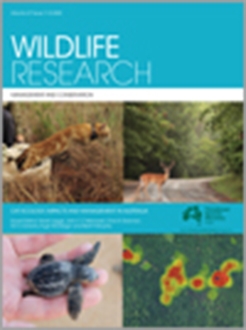Context. Monitoring schemes provide vital data on the distribution and population dynamics of species. This information can be used to inform conservation management and, especially for legally protected species, ensure legislative compliance in development contexts. For bats, acoustic activity surveys are widely used and often involve (1) deployment of automated fixed-point detectors or (2) using bat detectors on walked or driven transects. Transect surveys are typically performed for 2 h, commencing approximately at sunset; automated fixed-point surveys record continually between sunset and sunrise, often over multiple consecutive nights.
Aims. Despite both walked transects and fixed-point surveys being common methods used to survey bat activity in many parts of the world, often just one technique is used per site. We test the similarity of these two survey methods by comparing acoustic data encompassing 12 species of European bat to determine whether data from different surveys are directly comparable.
Methods. In this study, we use acoustic data covering 2349 survey hours over a 3-year period to investigate the relative effectiveness of walked activity transects and automated fixed-point methods for 12 species of European bats.
Key results. A greater number of bat species were recorded via the fixed-point method. Three species, namely, greater horseshoe (Rhinolophus ferrumequinum), lesser horseshoe (Rhinolophus hipposideros) and Daubenton’s (Myotis daubentonii), were recorded only by using automated detectors, possibly because the survey window encompassed the entire night rather than the period immediately after sunset. However, activity transects recorded a significantly higher mean species richness per hour than fixed-point surveys. When both methods were used at the same sites on the same nights, providing paired data for direct comparison, detection of brown long-eared (Plecotus auratus) and soprano pipistrelle (Pipistrellus pygmaeus) bat activity was significantly higher for transect surveys.
Conclusions and implications. This study demonstrated important differences in the data resulting from different bat survey methods and highlighted the potential for combining acoustic survey types to obtain rigorous and reliable monitoring data for bat populations.






